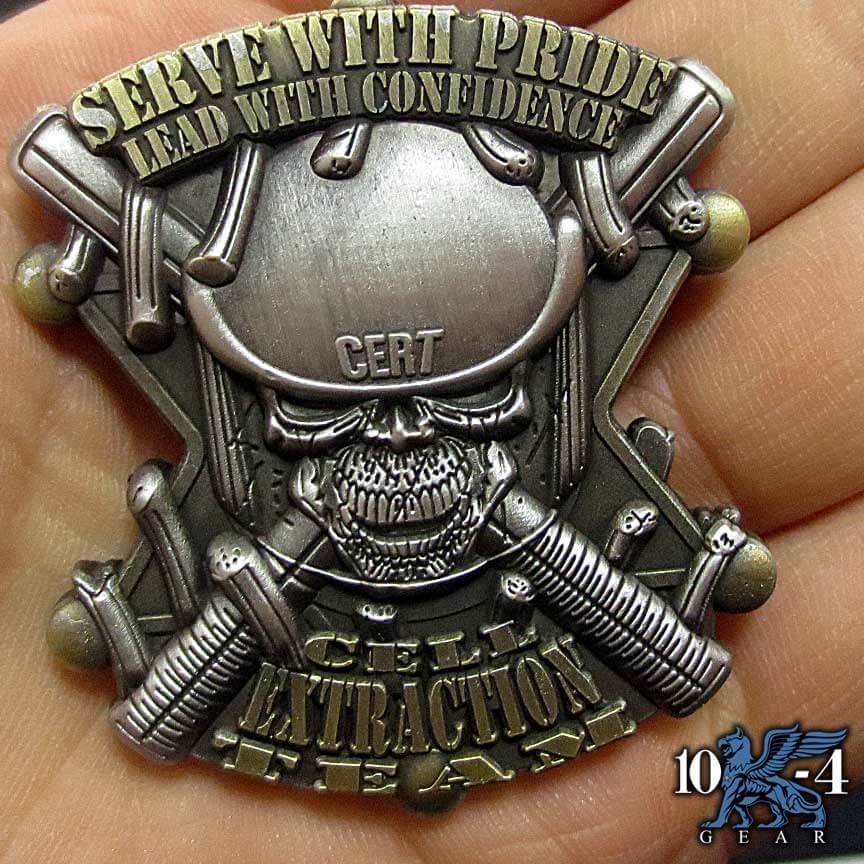Inside the World of Correctional Officer CERT Teams. Correctional Officer CERT (Correctional Emergency Response Team) teams play a vital role in maintaining order and safety within correctional facilities. These highly trained units are specifically tasked with handling critical incidents, emergencies, and maintaining control in potentially dangerous situations. In this blog post, we will explore the world of Correctional Officer CERT teams, understanding their roles, training, responsibilities, and the challenges they face in safeguarding prisons and ensuring the safety of staff and inmates.

Understanding Correctional Officer CERT Teams:
- Roles and Responsibilities: Correctional Officer CERT teams are specially trained units within correctional facilities that respond to emergencies, disturbances, and high-risk situations. Their primary responsibilities include:
- Managing riots and large-scale disturbances: CERT teams are deployed to regain control during incidents involving a significant number of inmates and potential threats to staff and other prisoners.
- Resolving hostage situations: In the event of hostage-taking incidents, CERT teams are trained to negotiate and safely resolve such situations, protecting the lives of both inmates and staff.
- Conducting cell extractions: CERT teams are skilled in removing uncooperative or violent inmates from their cells, ensuring the safety of staff and other prisoners.
- High-risk inmate transportation: CERT teams may be involved in the secure transportation of high-risk or dangerous inmates for court appearances or transfers between facilities.
- Training and Skill Development: Correctional Officer CERT teams undergo rigorous training to develop the specialized skills necessary for their roles. This training often includes:
- Tactical training: CERT members learn various tactics, including cell extractions, riot control, and responding to armed or dangerous situations within correctional facilities.
- Crisis intervention and de-escalation: CERT members receive training in conflict resolution, crisis intervention, and de-escalation techniques to mitigate potential violence.
- Firearms and self-defense: Depending on the facility’s protocols, CERT members may receive training in firearms handling and self-defense techniques to ensure their own safety and the safety of others during critical incidents.

Challenges Faced by Correctional Officer CERT Teams:
- Maintaining Safety and Security: Correctional Officer CERT teams face the challenge of ensuring safety and security within a volatile prison environment. They must be prepared to handle unpredictable situations, manage potentially violent confrontations, and balance the needs of maintaining order with respecting the rights of inmates.
- Collaborating with Other Staff: CERT teams often work closely with other correctional staff, including supervisors, medical personnel, and support staff. Effective collaboration and communication are essential for coordinating responses to emergencies, ensuring the safety of all involved parties.
- Emotional and Psychological Toll: The nature of the work performed by CERT teams can have a significant emotional and psychological impact on team members. Regular exposure to high-stress situations and potentially traumatic incidents requires robust support systems and resources to address their mental well-being.
Conclusion: Correctional Officer CERT teams play a critical role in maintaining safety and order within correctional facilities. Their specialized training, skills, and dedication to duty are crucial in responding to emergencies, managing disturbances, and ensuring the safety of staff and inmates. Understanding the challenges they face and the importance of their role can foster appreciation for their contribution to the correctional system. Through ongoing training, support, and effective collaboration with other correctional staff, Correctional Officer CERT teams continue to safeguard prisons and promote a secure environment for all within the correctional system.



